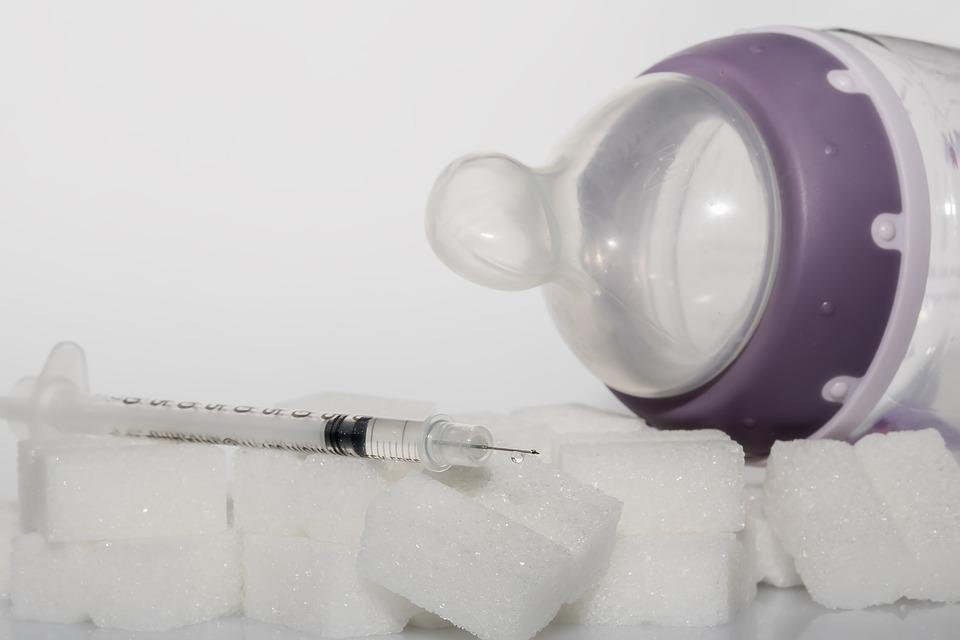Choosing a Syringe Filter

While selecting the syringe filter, you should consider its pore size. For most purposes, a 0.45-micron filter will be sufficient. However, if you are looking to perform chromatography or LC-MS analysis, a 0.45-micron filter is better. Before purchasing a syringe filter, you should review the manufacturer's data sheet to find out how much it can hold up to the volume of the sample. You should also check that it has the lowest affinity for proteins, as these are the largest particles that can block a syringe filter. You can reduce the hold-up volume by performing a post-filtration air purge. Thus, to help you get the most suitable syringe filter, read more info at www.chromtech.com.
Another consideration when choosing a syringe filter is its hydrophilicity. Hydrophilic PVDF is the best choice for chromatography applications that utilize protein-based samples. This material is highly compatible with both aqueous and organic solvents. However, it is not compatible with most strong acids or caustic solutions. Fortunately, there are other materials that can be used with these syringe filters.
If you are using an aqueous sample, you should choose a syringe filter made of hydrophilic polymers. The preferred membrane material is Nylon, PES, GHP, or PVDF. The chemical compatibility of these polymeric membranes will determine the right syringe filter for the application. While many products are universal, there is no guarantee that your choice will be compatible with your samples.
A syringe filter's diameter is an indicator of its EFA and hold-up volume. High-particle-loaded samples will plug a syringe filter, so it is best to choose a smaller filter to filter a larger sample. Moreover, don't push too hard as this can damage the filter. If the filter plugs, discard it immediately. In some cases, the syringe filter may be incompatible with the sample, so you'll need to dispose of it or change it. To get a variety of high quality syringe filters of different sizes, check out this site at chromtech.com.
Choosing a syringe filter for aqueous solutions can be complicated. This is because the pore size is determined by the particle size and type of material. For example, if you are using a filter to filter a syringe, you'll need to choose between 0.10-micron and 0.50-micron syringe filters. Generally, a 0.22-micron filter is preferred for most laboratory applications.
If you're looking for a high-quality syringe filter for your lab, you should opt for a PES membrane. These filter materials have excellent flow rates, and have low binds to proteins. PES syringe filters are also suitable for aqueous samples, but may be too weak for use in media culture experiments. If you're not sure about which membrane to choose, a PES filter might be the best choice.
When choosing a syringe filter, you should also consider the type of syringe it fits. For example, a sterile one should be used for filtered samples, while a non-sterile one is suitable for samples that will be filtered again. Moreover, a syringe filter is generally equipped with female luer lock inlets and male luer slip outlets. A double-luer lock connection also ensures a secure seal. Keep reading on https://en.wikipedia.org/wiki/Syringe_filter and most importantly, convert your knowledge into action, otherwise it remains a source of untapped energy as well as wasted potential.
